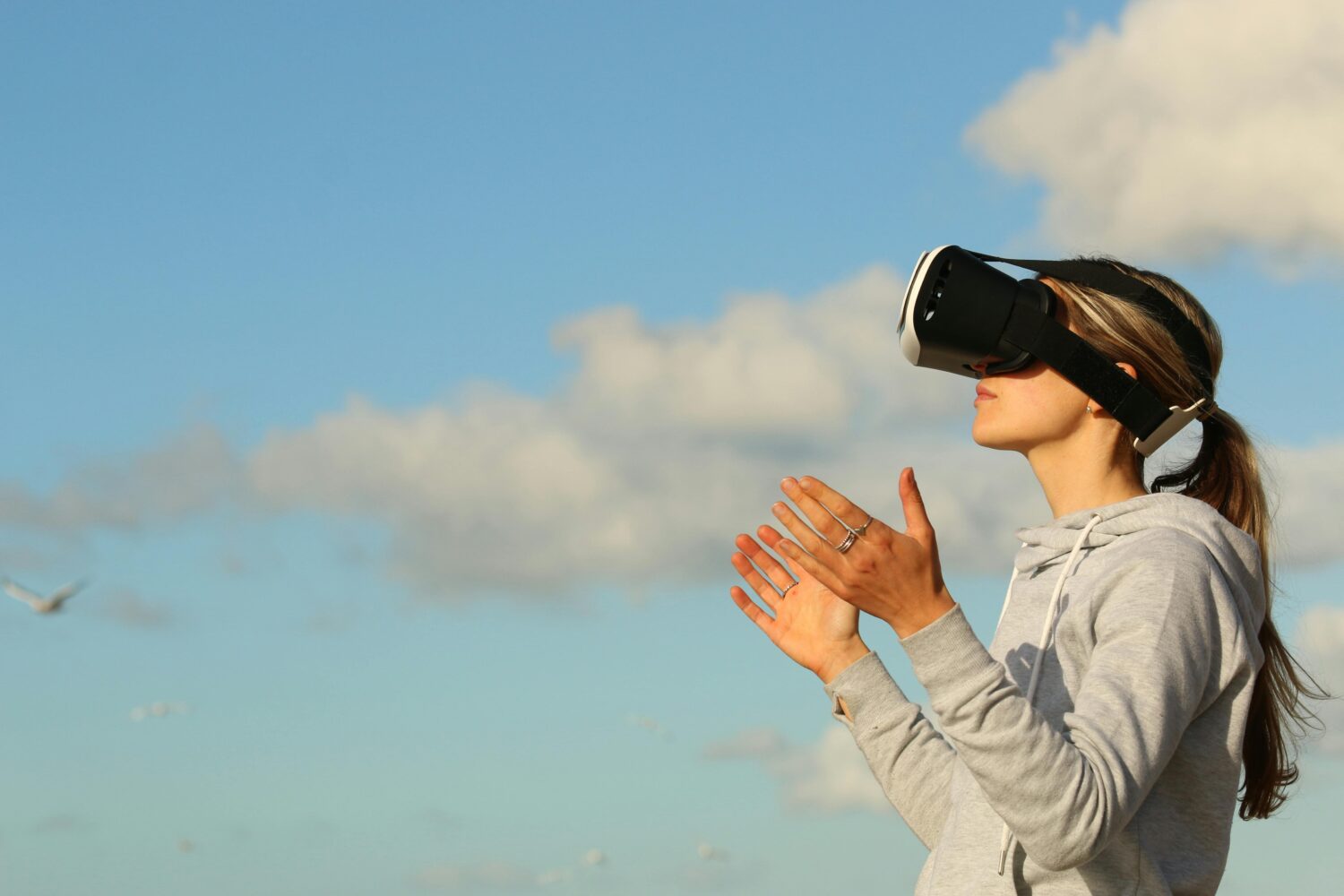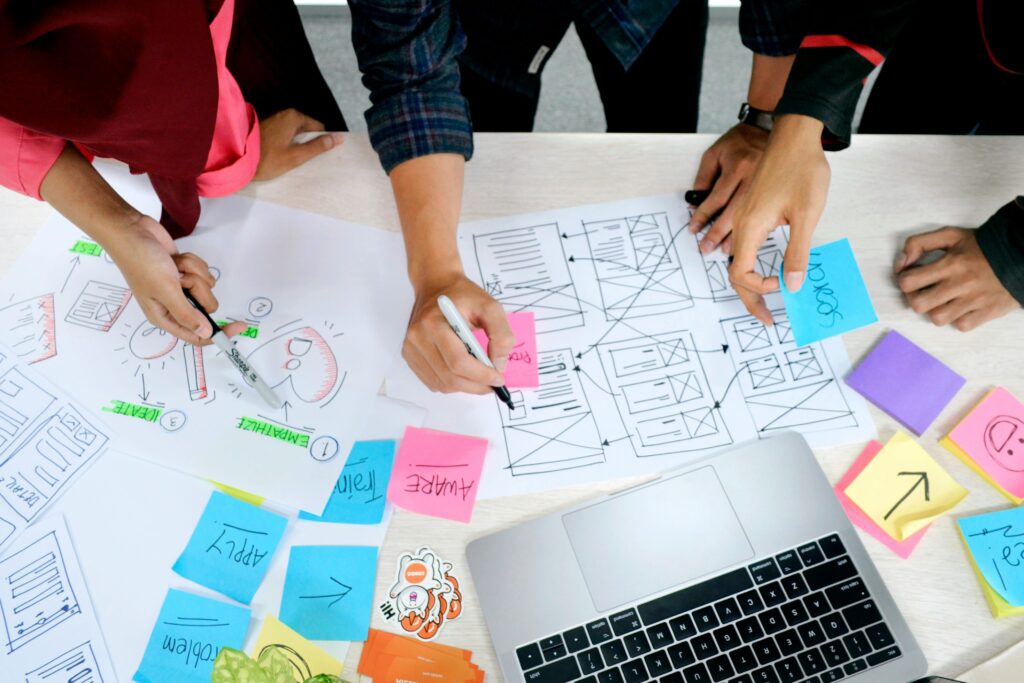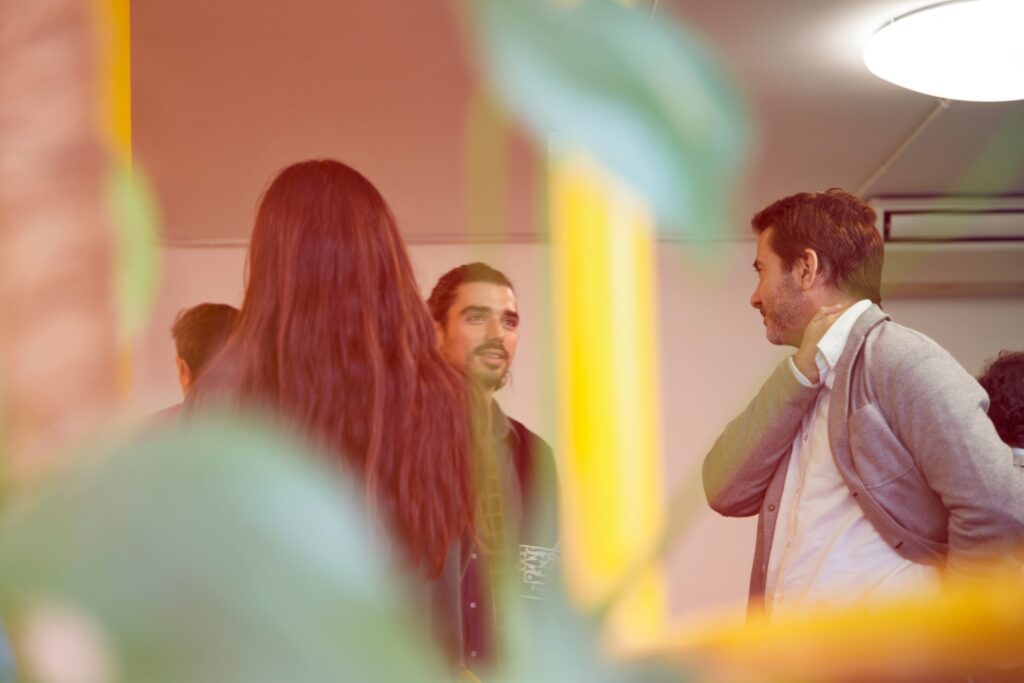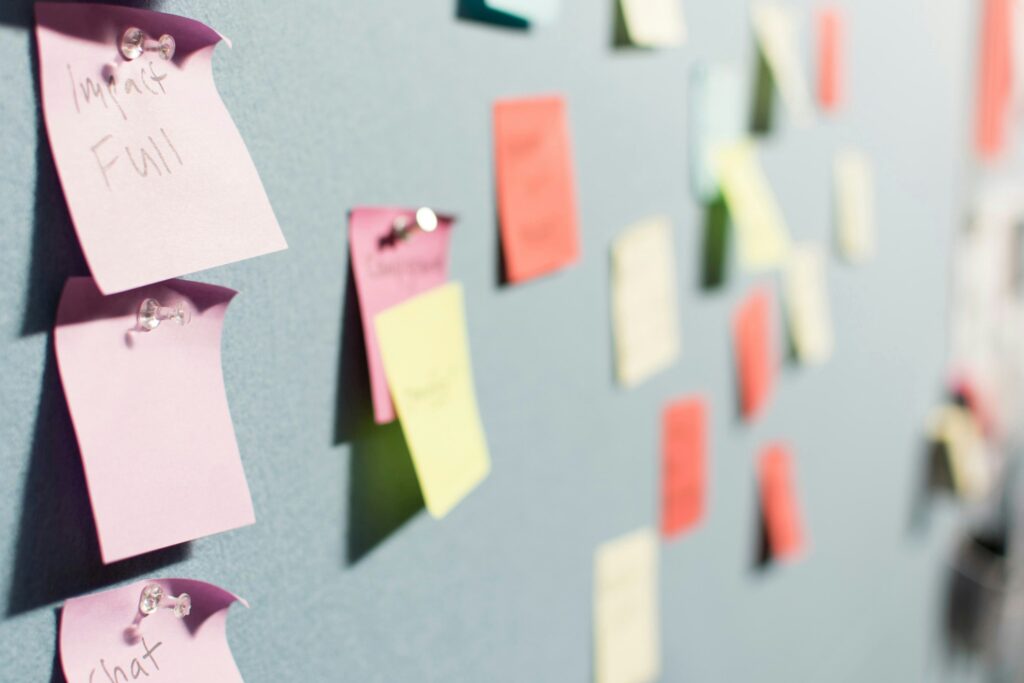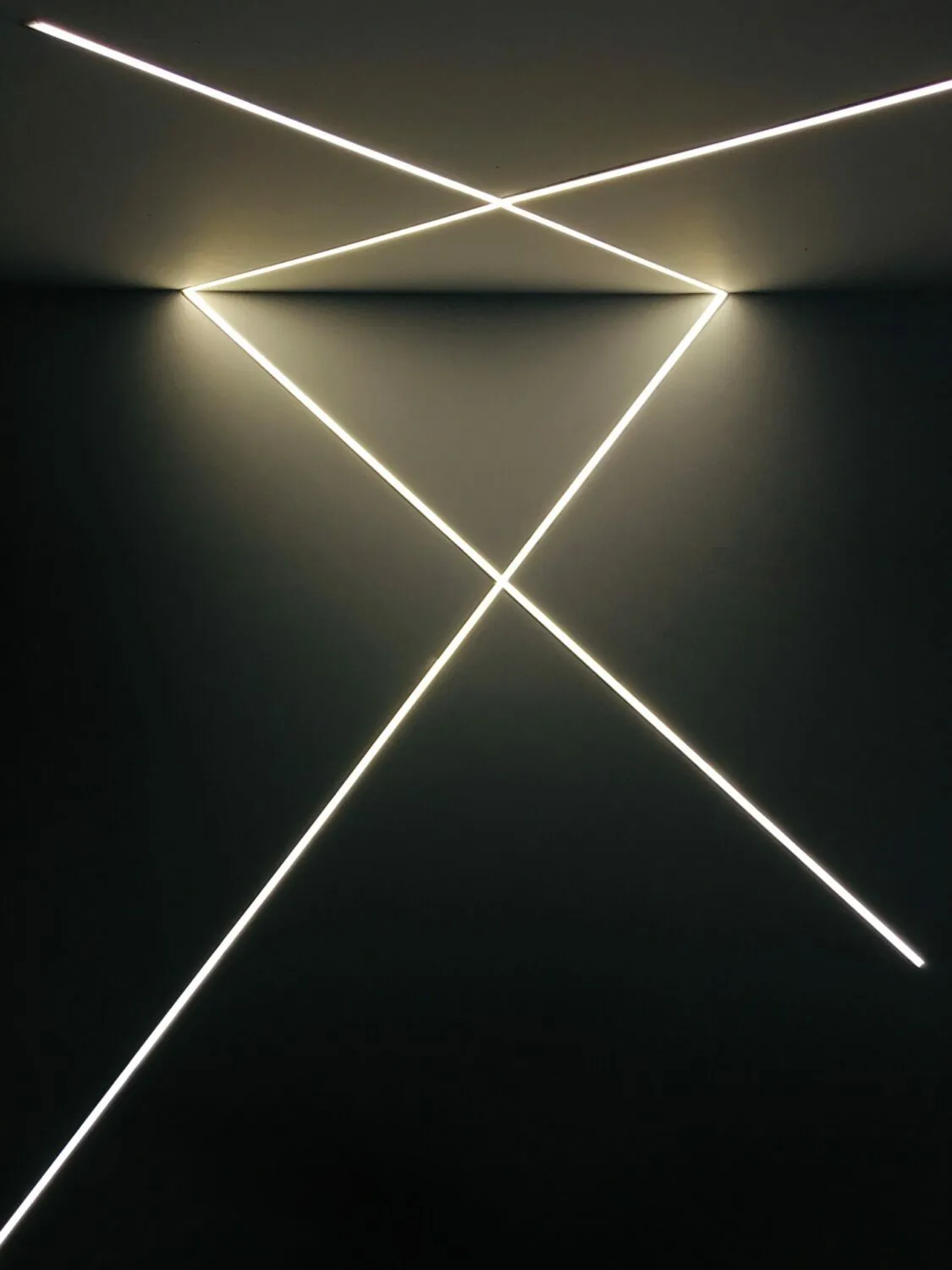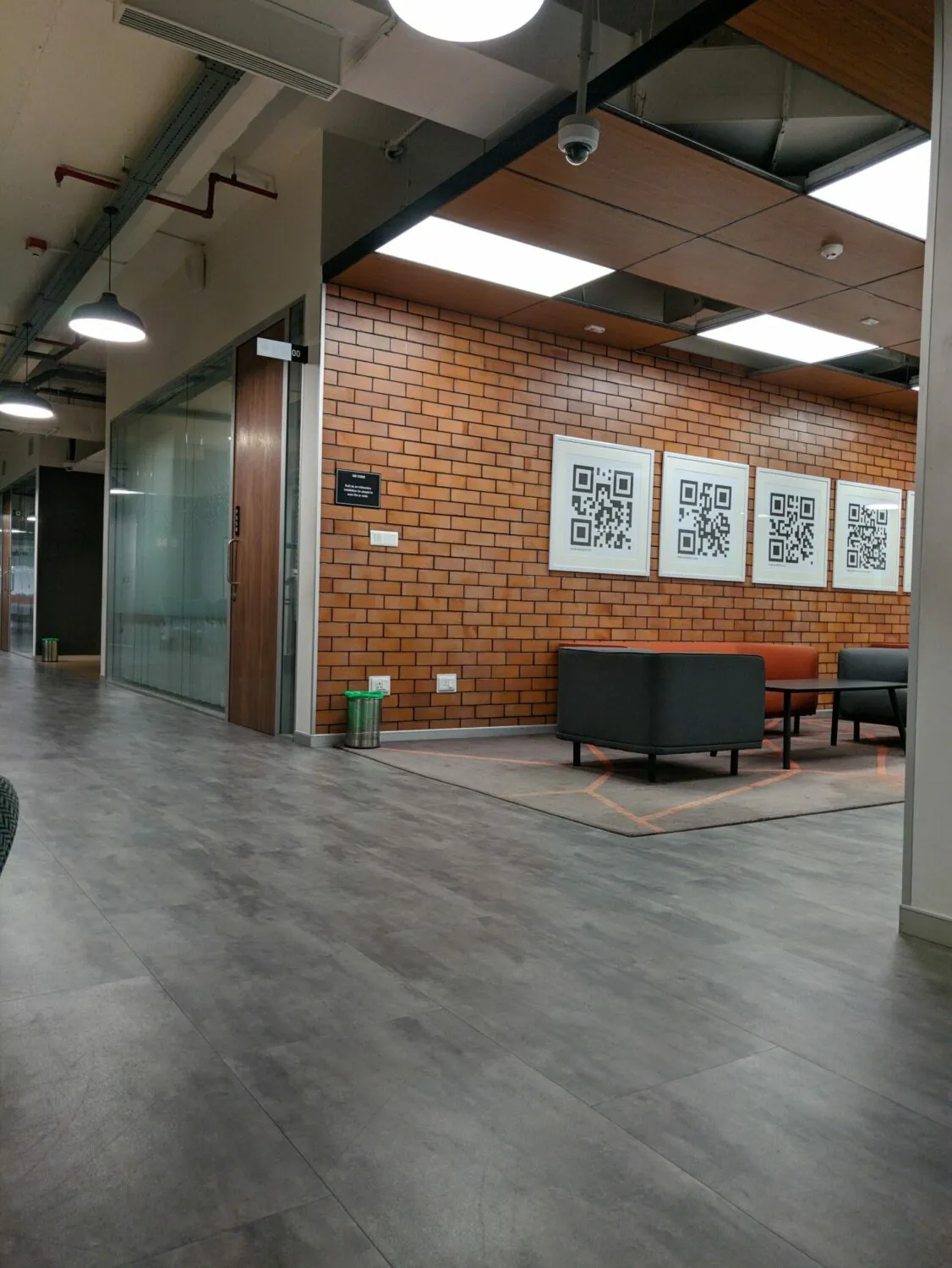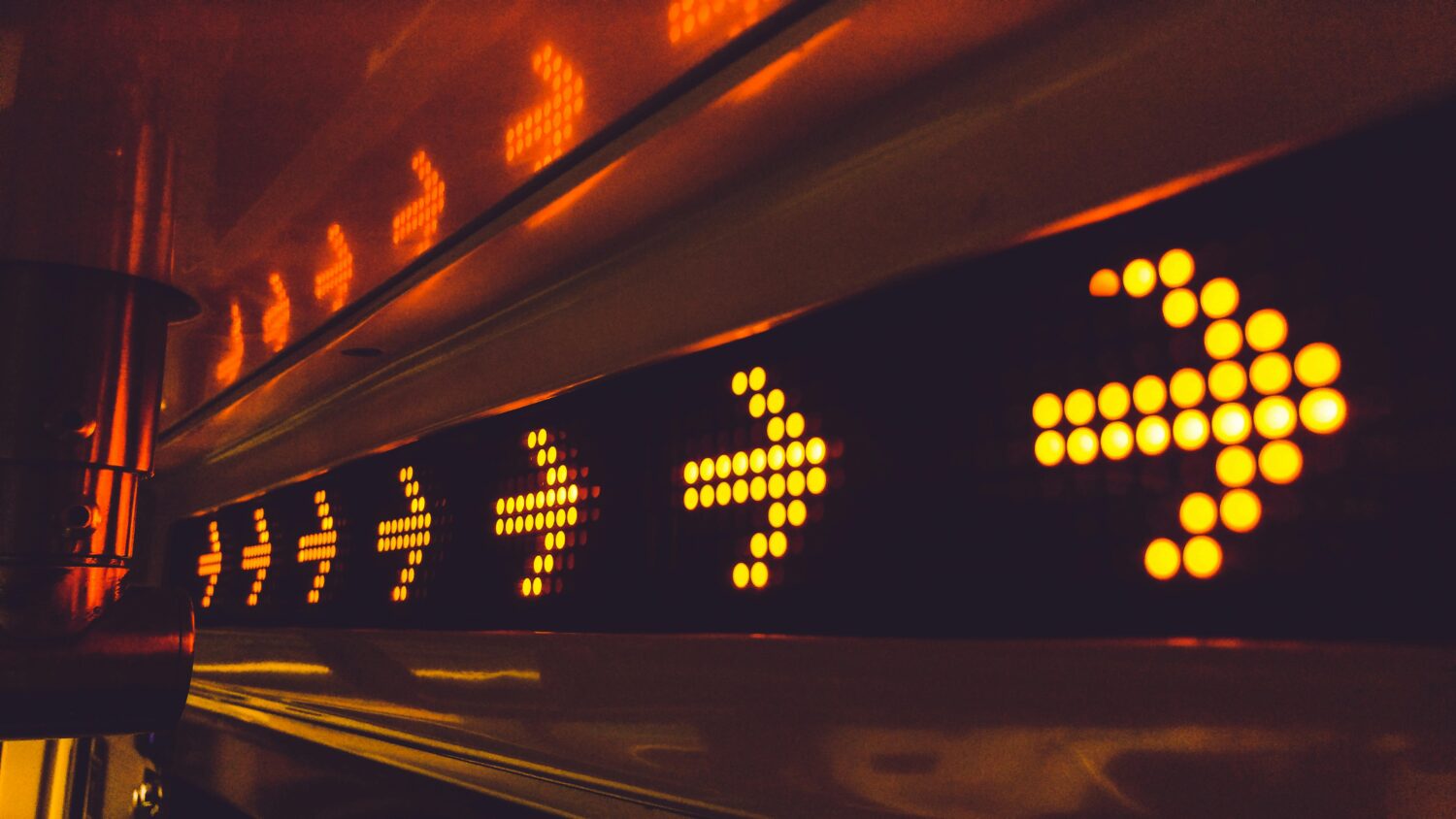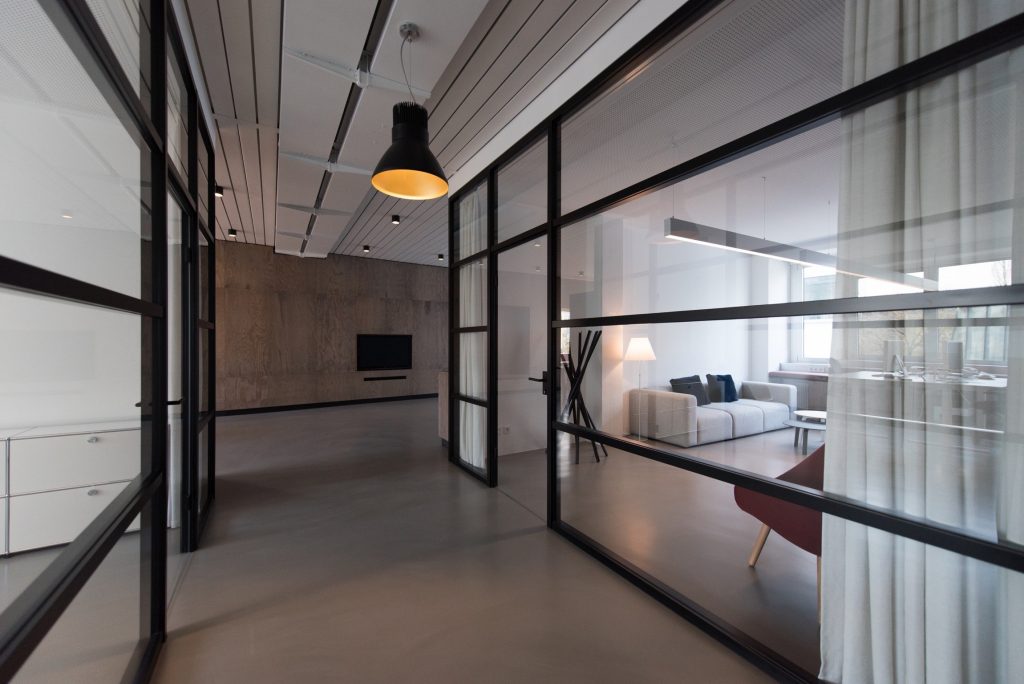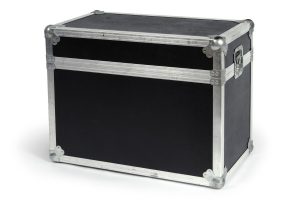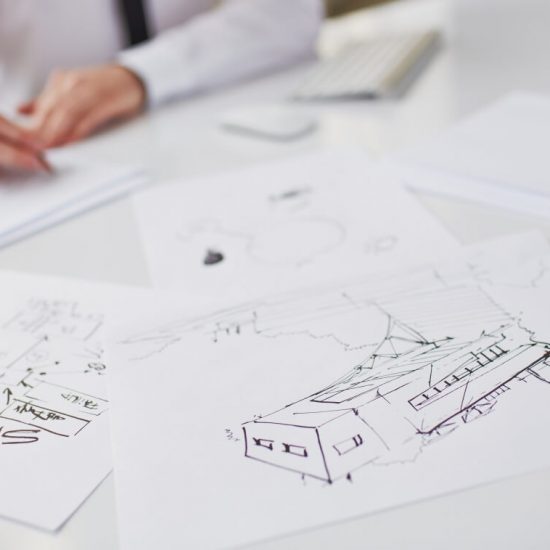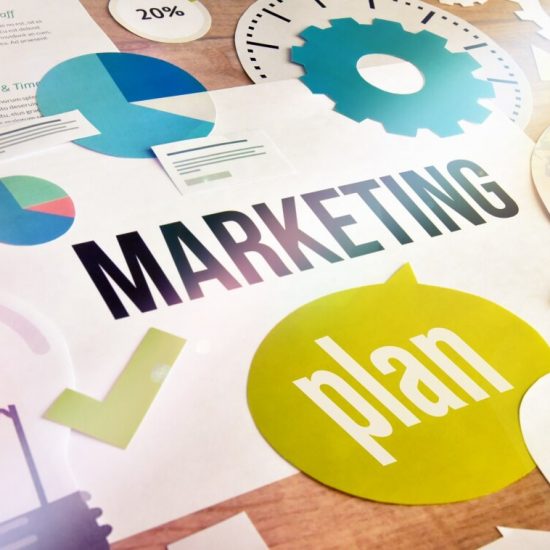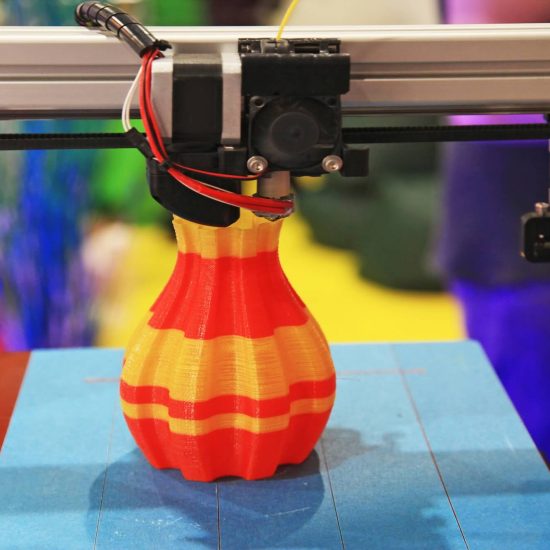Because exhibiting at an event can be a major investment in time, money and resources, it’s essential that you prepare thoroughly. In short, you need to ensure your efforts translate into measurable success.
To help you cover all bases, we’ve compiled an A to Z checklist of important points to consider. While it might not cover every single thing you need to think about, it’s a handy reminder of the attention to detail you need to observe.
Whether it’s analysing your audience to tailor your messaging or ensuring your power supply can handle all your electronic equipment, each letter of our alphabet represents an essential component of successful exhibiting. Following this comprehensive guide will not only ensure that you’re prepared, but it will hopefully set you apart from others, maximising both visitor engagement and ROI.
A – Audience analysis
Perform a comprehensive analysis of the expected audience demographics and business sectors. Tailor your stand’s theme and interactive elements accordingly. This process should involve gathering attendee data from previous events, engaging with past participants through surveys, and analysing industry trends. The outcome will fine-tune your promotional message to ensure maximum resonance with the attendees.
B – Branding
Branding consistency is vital in creating a memorable stand. Ensure your logo and theme colours are prominently displayed across all elements – from booth design to staff uniforms and promotional materials. Consistent and clear visuals will increase brand retention among visitors and create a strong visual association with quality and reliability.
C – Comfort
Putting visitor comfort at the forefront can greatly boost how long guests hang around at your stand. Provide ample seating or comfortable standing areas, positioned strategically so that visitors still feel engaged with the surroundings. Consider the flow of traffic into your area and set seating zones that don’t impede movement but offer a welcoming resting place for tired attendees.
Bonus tip: Competition
There’s nothing wrong with checking out what your competitors are doing. That’s not to say you should steal their ideas, but if they’re looking innovative while your stand is feeling tired, it should inspire you to put in some extra R&D on your space.
D – Display screens
High-definition display screens are tremendously effective at capturing attention amid the busy exhibition backdrop. Use these to loop marketing videos or real-time social media feeds that can lure passers-by into your space. Regular updates and visually appealing content can be used strategically to draw visitors’ attention during the event.
E – Emergency kit
An emergency kit tailored specifically for exhibition crises should never be overlooked. This kit might include spare parts for any modular components, additional prints of graphic panels and extra tablets and laptops. Don’t forget basic tools like screwdrivers and other quick-fix necessities like double-sided tapes and cable ties. Being prepared increases resiliency against potential issues.
F – Flooring
Quality flooring can complete the overall look while providing comfort to booth staff and attendees spending long hours on their feet. Depending on the load of your equipment and anticipated traffic, choose flooring that can handle wear while complementing the aesthetics of your stand.
G – Giveaways
Offer thoughtfully selected giveaways that provide real value to recipients while promoting your brand. Items such as eco-friendly reusable water bottles, USB chargers or branded stationery are practical yet effective promotional tools. Ensure these giveaways highlight your company’s logo conspicuously for optimal brand visibility long after the event ends. You never know when a thirsty client is going to be reminded of your brand just when they’re looking for your services.
H – Hospitality
Implement top-notch hospitality measures by offering amenities such as free drinks, snacks or even meal vouchers as an added incentive for those visiting your booth. Don’t just offer anything, though – hospitality has to feel appropriate and incorporated seamlessly so it feels integral to the brand experience, rather than just an add-on.
I – Interaction points
Set multiple interaction points for different purposes – information, entertainment, relaxation etc. Examples include live demos at one table, interactive virtual reality setups on another side, and a casual talk lounge where detailed discussions can take place.
J – Jingles or light background music
A subtle background score can help in setting the mood and make the exhibition space more welcoming. Select tracks or jingles that are reflective of the brand’s ethos. Maintain a volume that is pleasant, not invasive, allowing easy communication within the space while still drawing visitors with audio cues. Think of it as the background music to a video or show that you and your contact are appearing in.
K – Knowledge base
Equally critical as visual appeal is having knowledgeable staff on-hand. Every team member should be cross-trained thoroughly on product details and frequently asked questions so they can handle any inquiry confidently. This ensures consistency in information relayed across different reps. If your info is impossible to memorise, such as complex price lists or specifications, don’t be afraid to have them on databases so staff can look them up in the presence of guests. It all adds to credibility and shows they’re not winging it.
L – Listen!
Exhibitions aren’t just about projecting – they’re about absorbing too. Don’t go full salesperson with every visitor. You’ve got a unique opportunity to speak to people in your sector and find out what motivates and excites them. This is priceless information that you can use to hone your complete exhibition experience.
Bonus tip: Lighting
Differentiate areas within your stand through varied lighting techniques – spotlights for featured products, ambient light for lounge areas, and more dynamic lighting solutions where attention is needed. Smart lighting can accentuate key features of your booth or toggle visibility depending on activity within the stand.
M – Marketing collateral
Diversify your collateral formats considering the various preferences among visitor demographics. For example, use vibrant brochures for younger audiences or more detailed product datasheets for seasoned professionals. The aim should be to cater content that resonates well with varying needs across audiences, while retaining a comprehensive standard.
N – Networking
The attendees are who the exhibition is aimed at, but it’s always worth being there with an attendee mindset yourself. Visit other stands and chat with exhibitors who might have synergy with yours – be they potential suppliers, clients or partners. Even chatting with competitors can create a learning environment and help you glean valuable business intelligence.
O – Offers
Create exclusive trade show offers that can promote immediate decision making. These might include limited-time discounts available only during the exhibition which incentivises engagements there and then, rather than postponed decision-making. This can play well against other exhibitors, all else being equal.
P – Power supply
Ensure ample power supply points throughout the stand, especially in product demo areas or where digital interactions occur. Apart from fixed power sources, portable charging stations could be considered both for staff and visitors’ convenience, ensuring mobile-device based interactions remain uninterrupted. If someone’s charging their phone for ten minutes at your stand, you’ve got a captive audience.
Bonus tip: Parking
Are you sure you know where you can park your car(s) and van(s) during unloading and loading, and while the exhibition is in progress? Whether it’s a one-day event or lasts a week, you’ll never regret sorting this out in advance. You might need to book a space, for example, or arrange someone to drive the vehicles away and come back at the end.
Q – QR Codes
Develop a strategic placement plan for QR codes around high traffic areas of your booth. These should link directly to online resources such as digital brochures or exclusive trade show content. You can even link to a feedback form to gauge initial audience reactions swiftly, then act on them for next time.
R – Refreshments
Adding a corner for refreshments can dramatically increase the dwell time and comfort of visitors at your stand. Offering light snacks, coffee or bottled water not only keeps visitors refreshed but also gives them a reason to linger and engage more with your brand. Ensure all items are neatly presented and align with any hygiene protocols.
S – Stand design
At an exhibition, your stand is everything. It’s possibly your potential customers’ first encounter with your brand, so it has to convey everything you need to say about yourself, but visually. That’s why you should partner with professional stand designers and manufacturers, especially if you’re new to exhibiting.
Bonus tip – Signage
Clear and visible signage is crucial for guiding visitors through your stand and highlighting key information areas or products. Use varying heights for signs to catch eyes at different levels and make use of bold colours that align with your brand palette. Well-designed signage helps decrease confusion and enhance the visitor experience, guiding people fluidly through your offerings.
T – Technology integration
Incorporate technological advances in your stand design to garner interest and improve interaction. Tools such as augmented reality, virtual reality, or live social media walls can captivate the attention of tech-savvy visitors and enhance the overall experience. You can use these technologies to simplify complex explanations or showcase product benefits in a dynamic, engaging way.
U – Unique Selling Proposition (USP)
Your USP should be the bedrock of your exhibition stand, articulated through visual presentations and verbal communications. Make sure that every element of your booth design highlights the uniqueness of your offer, whether through interactive displays, trained staff, or dedicated presentation areas. Exhibitions are crowded marketplaces and you need to tell guests why you’re different.
V – Venue
Some venues lend themselves to your sector, while others just feel inappropriate. If you’re all about sustainability and human connections, your exhibition can often be more resonant in a quirky or outdoorsy space. Large corporations dealing with finance or big business tend to fit in more traditional arena-type spaces, where guests expect clean lines and professionalism. Nothing’s set in stone, and there’s always room to bust out of your box, but pay special attention to the location.
W – WiFi Access
Providing attendees with free WiFi access within your booth can encourage longer stays and more interactions. Set up a dedicated network and make it simple to log on. You can also collect visitor contacts in exchange for WiFi access, which can be a great lead generation tool. Ensure the security of your network to protect both your data and that of your visitors.
X – eXperiment
We’re sure you don’t need to be reminded to take your xylophone, so we’ll cheat a little here and go with a slightly more useful tip. Tried-and-true exhibition strategies are valuable, but don’t be afraid to experiment with novel ideas. This could be a unique booth design, unconventional promotional materials, or interactive sessions that challenge traditional formats. Experimentation can lead to innovations that set you apart from competitors.
Y – Your team
The energy and cooperation of your team at the exhibition can make or break the experience for visitors. Motivate your team members so they present a positive, energetic front throughout the event. Daily briefings can keep everyone informed of goals and responsibilities, ensuring unified efforts and boosting morale.
Z – Zealous follow-up
Formulate a thorough follow-up strategy to keep the momentum going after the event. Send personalised emails, follow-up calls or thank-you notes promptly while the interaction is still fresh in attendees’ minds. For more tailored communication, segment your contacts based on the interests and preferences they indicated during their visit.
By methodically addressing each of these detailed aspects from A to Z, you ensure that your exhibition stand doesn’t just stand out visually, but is also a powerhouse of engagement, branding, and conversion.
Comprehensive audience analysis will guide your approach, ensuring you resonate with the right people from the start. After the event, zealous follow-up will convert interest into action, solidifying new relationships and generating future business opportunities.
Remember, success at a trade show isn’t just about the days you spend at the event – it starts with meticulous planning and continues after it’s all packed away. With this guide, you’ll be prepared for any eventuality, making your exhibition experience not just successful, but exemplary.






